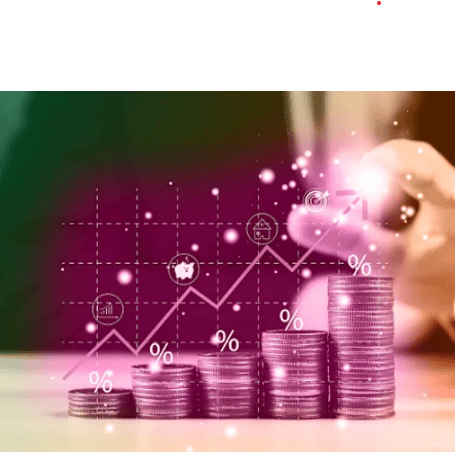Understanding pricing and revenue management can be complex. To complement our Pricing and Revenue Management Glossary, we’ve gathered some of the most common questions businesses ask about pricing strategies, profitability, and market dynamics. This FAQ is designed to give clear and practical answers you can apply in real-world decisions.
Frequently Asked Questions
Why is pricing strategy so important for businesses?
Pricing directly impacts revenue, profit, and market positioning. A strong pricing strategy ensures a company captures the value it delivers, stays competitive, and maximizes profitability.
What is the difference between cost-plus pricing and value-based pricing?
Cost-plus pricing adds a markup on top of costs. Value-based pricing sets prices according to the perceived value to the customer. Value-based pricing usually leads to stronger margins and closer alignment with customer needs.
How does dynamic pricing work and what industries use it most?
Dynamic pricing adjusts prices in real time based on demand, inventory, competition, or customer behavior. It is most common in airlines, hotels, ride-sharing, e-commerce, and entertainment.
What are common mistakes companies make when setting prices?
Companies often rely only on costs instead of customer value, overuse discounts to drive short-term sales, ignore competitors or market trends, or apply the same price across all customer segments.
How can pricing affect brand perception?
Price signals quality and positioning. Premium pricing can enhance a luxury image, while constant discounts may erode trust and weaken brand value.
What role does customer segmentation play in pricing decisions?
Segmentation allows businesses to tailor pricing to different customer groups. By aligning price with willingness to pay, companies can increase both sales and profitability.
How do companies measure price elasticity of demand?
Price elasticity is measured by analyzing how demand changes when price changes, often using historical sales data, controlled experiments, or market research.
What is the difference between gross margin, operating margin, and pocket margin?
Gross margin is revenue minus cost of goods sold. Operating margin is revenue after operating expenses. Pocket margin is the profit left after discounts, rebates, and incentives.
When should a company consider raising or lowering its prices?
Businesses adjust prices when costs change, demand shifts, competitive dynamics evolve, or customer value perception changes. Regular reviews help identify the right timing.
How do discounts and promotions impact long-term profitability?
Promotions can boost short-term sales, but overuse conditions customers to expect lower prices. This reduces margins and can weaken a brand over time.
What is the difference between list price, net price, and realized price?
List price is the published or standard price. Net price is the amount after negotiated discounts. Realized price is what the company actually keeps after rebates, allowances, and revenue leakage.
How does competitive pricing analysis influence strategy?
Monitoring competitor prices helps companies spot opportunities to differentiate, defend market share, or justify a premium by demonstrating added value.
What is churn and why does it matter in subscription pricing models?
Churn is the percentage of customers who cancel or stop paying during a given period. High churn reduces recurring revenue and can outweigh the benefits of new customer acquisition.
How does bundling products or services affect sales?
Bundling increases perceived value, simplifies decision-making, and can move more volume. It also creates opportunities to upsell complementary products or services.
What are common KPIs used in pricing and revenue management?
Common KPIs include price realization, revenue growth, gross margin, net price, customer acquisition cost, customer lifetime value, and churn rate.
How do external factors like inflation or currency fluctuations affect pricing?
Inflation raises costs and often requires price adjustments. Currency fluctuations impact global pricing and profitability, especially for businesses involved in imports or exports.
What is price testing and how do businesses use it?
Price testing experiments with different price points to measure the effect on demand and revenue. Companies may use A/B testing, pilot launches, or customer surveys to gather results.
Why do companies lose revenue through revenue leakage?
Revenue leakage happens when discounts, rebates, or errors reduce the intended revenue. It often results from weak controls, inconsistent policies, or manual mistakes in pricing execution.
How does AI or machine learning improve pricing strategies?
AI can analyze large data sets to predict demand, optimize price points, and personalize offers. This reduces guesswork and helps companies increase margins while staying competitive.
What is the difference between B2B and B2C pricing approaches?
B2B pricing often involves contracts, negotiations, and longer sales cycles, while B2C pricing typically focuses on retail or digital sales with faster purchase decisions. Each approach requires different strategies, tools, and performance measures.
Didn’t find what you were looking for?
Our team is here to help. Contact us for personalized guidance on your pricing challenges.




